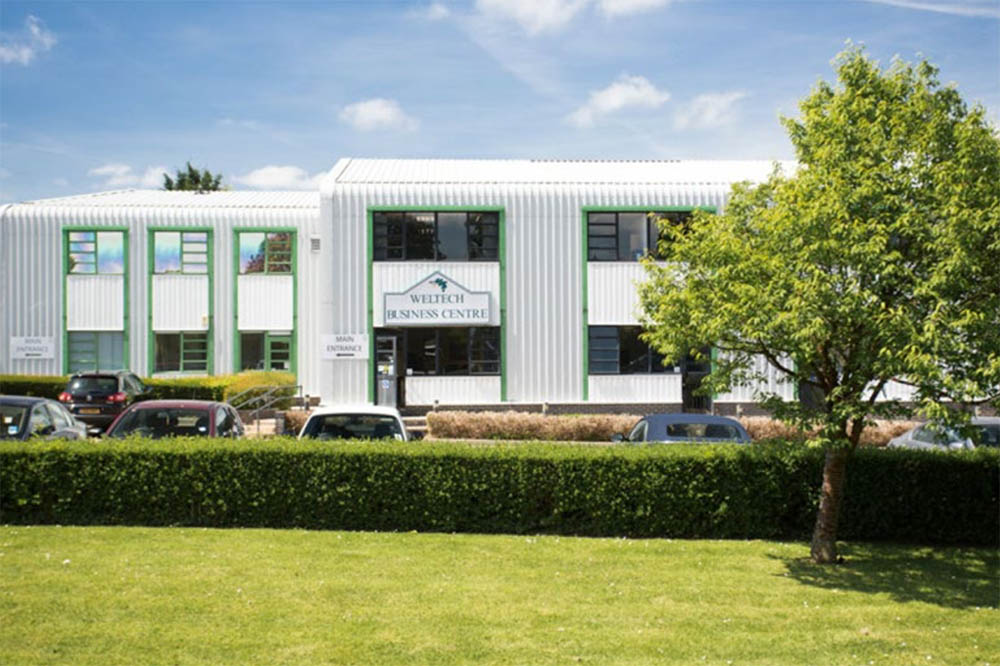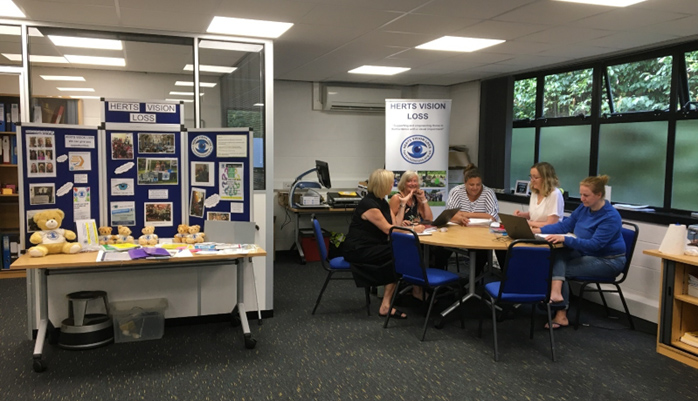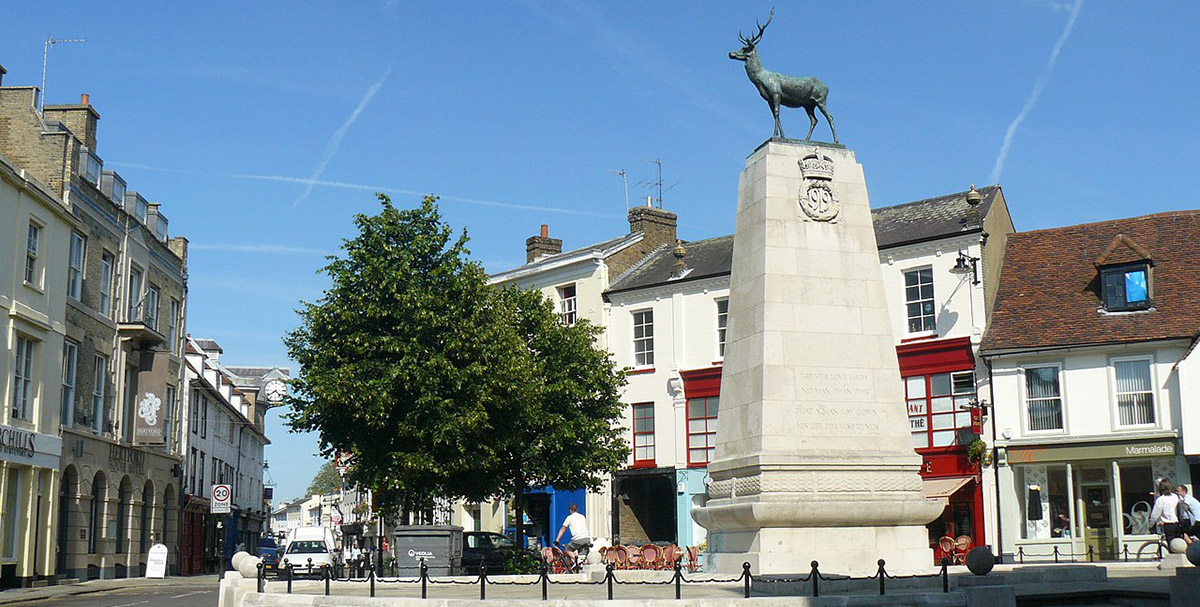Background
The Elizabethan Poor Law Act of 1601 stated that “The father and grandfather, mother and grandmother, and the children, of every poor, old, blind, lame and impotent person…..shall, at their own charges, relieve and maintain every such poor person.” However, for more than two hundred and sixty years after this, it would appear that the blind were not specifically referred to in law. The 18th Century saw the invention of Braille and the adoption of the concept of volunteering, to help the needy in society, particularly the blind. Many benevolent men and women left sums of money for blind widows and “maidens, not less than thirty” for “persons of sober life and conversation” and for those who could produce from ministers or churchwardens, “certificates of good fame for honesty and sobriety”.
In 1874, the Charity Organization Society set up a special committee to consider what more could be done to promote the welfare of the blind. All agencies for the blind were consulted and the resulting report was far-sighted and valuable. Ahead of its time, it advocated state aid for the blind and urged the Government to hold a full enquiry into their condition “with a view to ameliorating their general condition, and enabling them …. to become active, useful and happy members of society”.
As a result, a Royal Commission was set up to consider the condition of the blind and the deaf. Its results were presented in 1889 and although many of its findings were not heeded for many years, it did result in the compulsory education of blind children after 1890.
In 1914, shortly before the outbreak of the First World War, a debate took place in the House of Commons and the following resolution was carried without division: “that in the opinion of this House, the present system of voluntary effort in aid of blind people of this country does not adequately meet their necessities and that the State should take provision whereby capable blind people might be made industrially self-supporting, and the incapable and infirm be maintained in a proper and humane manner”. Less than two months after this debate, the President of the Local Government Board appointed a Departmental Committee “to consider the present condition of the blind in the United Kingdom, and the means available for (a) their industrial and professional training and (b) their assistance, and to make recommendations”. From this background, the Hertfordshire Society for the Blind was formed.

Pre Welfare State
By 1915, some members of the Committee that would set up the Society had been working for some time with an organisation known as the Metropolitan and Adjacent Counties Association for the Blind (MACAB). Following a meeting in the Drawing Room at the Old Rectory in Hatfield in 1915, the Society became independent. The person who appears to be the driving force was the Venerable Kenneth Gibbs, who chaired the Committee until his death in 1935. At this time, it was the duty of the Society to act as almoner for monies paid specifically to blind persons on the local Register. As there were no formal benefits, each blind person needed to be assessed on their needs and means by a group of volunteers known as Honourable Representatives. They reported their findings to the Committee, who then decided whether or not to pay.
As doctors and opthalmists had to be paid for and the majority of blind people could not afford the fee, it is hardly surprising that the Register was small. However, it was soon decided that the Society would pay for the sight test where necessary and the Register then quickly grew.
Government money was paid to the Society via MACAB, based on the number of blind persons on the Register. Further funds came from donations and collections via the NIB and the London Association for the Blind. Legacies became an important source of income and continue to be so.
The next major event to take place was the introduction of the 1920 Blind Persons Act. This provided funding from the Ministry of Health to the County Councils and from them to the local blind Societies and Associations. All blind persons were then eligible for the Old Age Pension at age 50 instead of the statutory age of 70, which was the first recognised benefit for blind people. This Act also set up the scheme for Home Teaching, in which all blind people were to be offered the chance to learn Braille or Moon. This would enable them to read and also to learn a craft, such as basket weaving or piano tuning, which could be learned at home or at special training schools and from which they could earn a living. The Home Teacher’s role was a cross between the current day Sensory Impairment Team and the Society’s Outreach Worker; it was also the first paid post in the Society other than the Secretary/CEO. Home Teaching remained an important part of the work done by the Society until 1962, when the service was absorbed into the Social Work Team. At this time there were seven Home Teachers covering the county, equivalent to the number of staff on the Sensory Impairment Team at full strength! The 1920 Blind Persons Act was updated in 1938, where the qualifying age for the Old Age Pension for blind people was further reduced to age 40.
Since 1924, the Society has worked closely with the County Council. The relationship has changed over the years, as have the statutory services required. Change of Status Prior to 31st March 1994, the Hertfordshire Society for the Blind had been in an agreement with RNIB known as ‘Partnership in Fundraising’. This limited the amount of money the Hertfordshire Society for the Blind could raise for its own use and also meant that the Charity was reliant on monies given by RNIB, specified donations and legacies. With the number of people registered with sight impairment increasing, it was agreed by the Executive Committee that the Society should raise its funds independently.
In 1989, the question as to whether the Society should change its status from being a Charity governed by a constitution, to become a Company Limited by Guarantee and a Registered Charity, was raised. Professional advice was sought via the Chief Legal Adviser to the National Council for Voluntary Organisations, the Society’s solicitor and the Society’s accountant. The recommendation from all three sources at the time was that the Society was not big enough in terms of property held and staff employed to merit the change.
However, when the same three sources were contacted again in 1992, as the Executive Committee prepared its Five year Plan, the opposite advice was strongly given i.e. the Society should become incorporated. This was because in the intervening three and a half years, the Society had acquired the freehold of the Hemel Centre (book value £450,000), trebled its capital reserves and doubled its staff. Following the banking crisis in the early part of this century, the Society lost a great deal of its capital reserves. However, with prudent financial guidance and the hard work of staff & volunteers, the Society has been able to continue to provide the support and services required by its clients.
The Modern Era
In 1947, undaunted by the forthcoming National Assistance Act, the Society set up a home for blind people at St Audrey’s in Hatfield. The existing house was owned by the Marquis of Salisbury and the Society ran the home until 1976, when the lease expired and the residents had to be moved to other suitable homes in the county. St Audrey’s was by no means the first or only property the Society managed. In 1929, the Society leased a small plot of land near Royston for a man losing his sight and who had been trained by St Dunstan’s (now Blind Veterans) to farm poultry. By 1931, this plot was too small and a larger one was found for the farmer, who died in 1938. In 1945, the Society purchased Pembroke Farm in Ashwell, for use by the tenant farmer who was losing his sight and had asked for financial help to make repairs as he was in danger of losing his livelihood. He remained at Pembroke Farm until 1971, when he moved to Devon and the farm was sold. In 1961, the Society was bequeathed a cottage in Welham Green. Unfortunately it was rather dilapidated with no ‘mod cons’ and the Society sold it on to a developer. In 1963, the Society became the proud owner of the Hemel Hempstead Centre for the Blind in Two Waters Road.
This had a 60 years lease, but by 1987 the building was deemed not to be suitable and it was sold to developers for £455,000. With the proceeds from the sale, the Society bought the land at 6 Alston Road and the current building was completed by November 1988. It remains open for the use of any groups of sight-impaired people who wish to use it.
The plight of those who were experiencing sight impairment, though not severe enough to be registered as “blind” and outside the remit of the Society, was not officially recognised until 1952 when a new Partially Sighted Register was set up at the instigation of the Ministry of Health. The number of people on the Partially Sighted Register is 85 and the figure continues to rise. In 1934 the number of registered blind people was 357 out of a population of approximately 333,000 today the number of clients registered with the Society is 2,500 from a population of approximately 1,100,000 (not all people who are sight impaired are registered, and not all of those who are wish to be contacted by the Society). The Society aims to support all sight impaired people in the County and continues to improve and expand its services.

The 21st Century
We continue to evolve and provides a number of services. We updated our name to become Herts Vision Loss in April 2017, to reflect the breadth of our services and the fact that some people had told us the previous name did not feel as inclusive as it could be in the 21st century. We are still a Society, our remit and Articles of Association that govern our work remain unchanged.
On this website you will find the details of all the services we now offer, we hope the site, as it grows, will also become a vital resource for anybody with vision loss in Hertfordshire.
We provide a range of services for anyone with a sight impairment in and across Hertfordshire. We have a range of social clubs, we provide home visiting and befriending, we can give you advice about equipment, we can advocate for you or sign post you to the services that best suit you. We are often in the hospital eye clinics offering support and advice and we provide education about sight loss in schools and businesses. You name it, we do it!
Our Resource Centre at our office in Brownfields in Welwyn Garden City, hosts a variety of information and gadgets. Why not make an appointment to come and see us and we can help you find the right equipment for you? Call us on 01707324680 or email at office@hertsvisionloss.org.uk
We very much look forward to serving the people of Hertfordshire for the next 100 years!

